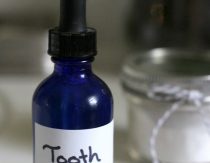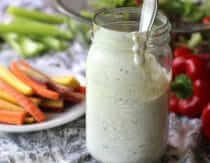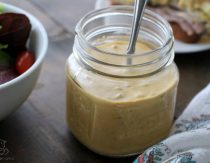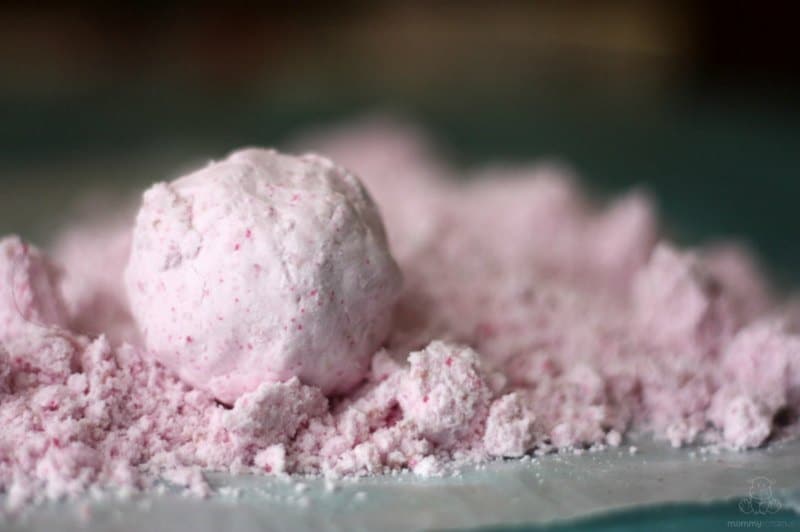
It’s squishy, it’s crumbly, and it crunches like a tiny bean bag when you squeeze it tight. You can mold with it, or you can smash it to smithereens. Although we’re big fans homemade play dough around here, moon sand is a totally different sensory experience.
My kids love it, and I love that we can make it together in less than 10 minutes. You guys, TEN MINUTES . . . and that’s if they help.
So, what is moon sand?
Also sometimes called cloud dough, it’s smooshy and moldable like wet sand, yet crumbly like dry sand. It crunches like a bean bag when you squeeze it, and can be molded and smashed to smithereens. Kids love it, and parents do too because sensory play helps build nerve connections in the brain, encourages the development of motor skills, and can be helpful for calming an anxious or frustrated child. (1) (2)
Although many homemade moon sand recipes call for baby oil and tempera paint for coloring, I prefer to use coconut oil and natural sources of coloring. Not only does it make the moon sand completely food grade and non-toxic, using clear coconut makes the final product easy to tint with natural food coloring. (Also, if you’re looking for other super easy edible sensory play activities, check out this easy homemade edible finger paint.)
Moon Sand Recipe
Equipment
- medium / large bowl
- measuring spoons
- fork
- Quart-sized mason jar (or any glass jar) with a lid
Ingredients
- 4 cups cornstarch or arrowroot powder (where to buy non-GMO cornstarch and where to buy arrowroot powder)
- 1 cup coconut oil (Another oil such as olive or avocado will work, but it may slightly change the color of the moon sand from white to light yellow.)
- food coloring or powdered fruits and veggies like beetroot powder or spirulina (See #4 in the instructions for details)
- essential oils (optional – see FAQ section for suggestions)
Instructions
- Add arrowroot powder or cornstarch to a medium/large bowl.
- If you’re using food coloring, now is the time to add it to your coconut oil. We added a teaspoon. The dye won’t fully mix with the oil, but I’ve found that whisking with a fork does help the color distribute more evenly, and once you combine the oil with the flour the dye will mix in.
- Add the coconut oil to the cornstarch/arrowroot powder and mix everything together. We started with a fork and then finished up with our fingers.
- When our moon sand was fully mixed the color was still pretty light. For natural food coloring I like India Tree, but I didn’t want to use my entire stash so I started trying to think of a way to adapt my natural Easter egg dye recipes. I’d succeeded once before with naturally colored homemade play dough, but because this is an oil-based recipe I didn’t want to include a water-based dye. To may my own dye, I grabbed some non-gmo glycerin and a few blueberries, then tossed them in a pan to simmer over low heat for a few minutes. Once the glycerin reached a deep ruby color, I strained out the blueberries and then mixed in the glycerin until the color reached the intensity I wanted. Another option mentioned by a reader is to use dried, powdered fruits and veggies. She tinted hers with spirulina powder and it made a beautiful green-blue color. Tap image to expand view.
Storage
- Our moon sand has been placed in a glass storage jar until it’s needed again. I’m thinking I’ll pull it out the next time the potami are waiting not-so-patiently for dinner to be ready. 🙂
Notes
Tips for Playing With Moon Sand
Though it’s not gritty like beach sand, it can make a mess. I rolled out some paper on the kitchen table then dumped the sand on top. The kids loved it and cleanup was easy. Another option would be to put it in a shallow tray or have the kids play with it on a porch.
Frequently Asked Questions
Yep. If you’d like you can add up to 48 drops of a child-safe essential oil like lavender, sweet orange, spearmint or cedarwood to the oil before mixing it with the cornstarch/arrowroot flour.
Nope! It leaves behind a thin layer of silky powder that washes off easily. If you play with it for awhile it might moisturize your hands, but it won’t leave them feeling greasy.
This recipe does best if stored in an air tight container
between uses. It basically shelf stable but just like sandbox sand it’s probably a good idea to replace every once in awhile.
Kinetic sand is made with actual play sand, so it’s a different texture. I’d say kinetic sand is a little easier to build sandcastles with, but moon sand is much more affordable and works too!
Yes, any kind of oil will work.
Want more kids activity ideas?
Here are 50+ kids activities that encourage creativity.
Sources:
1. Exploring The Benefits of Sensory Play
2. Why Sensory Play is Important for Development
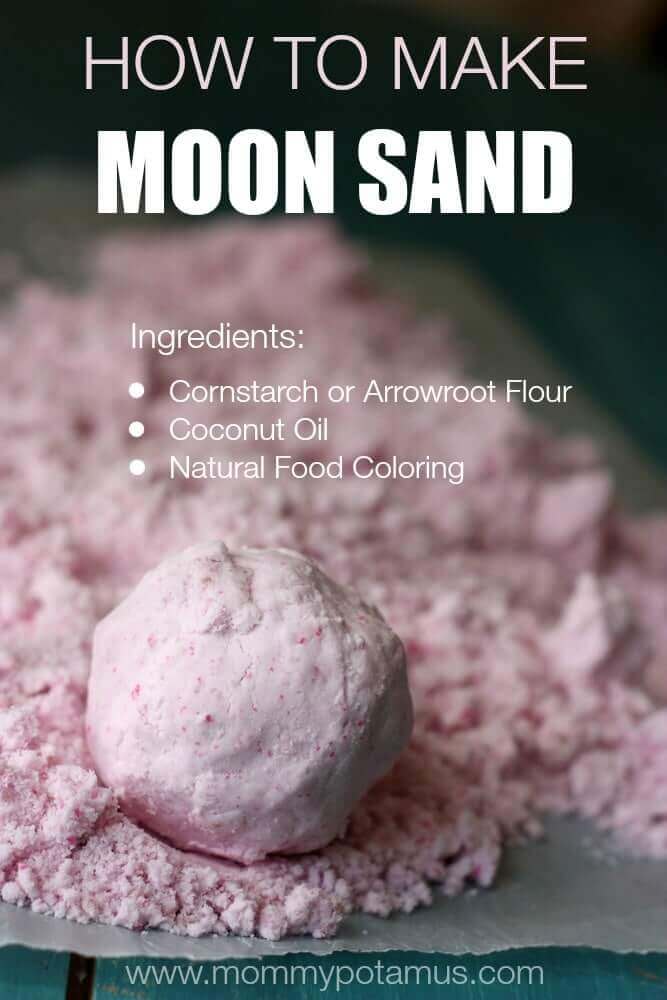

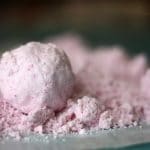
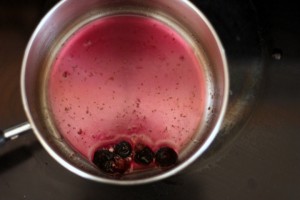
 Tried this recipe?
Tried this recipe? 